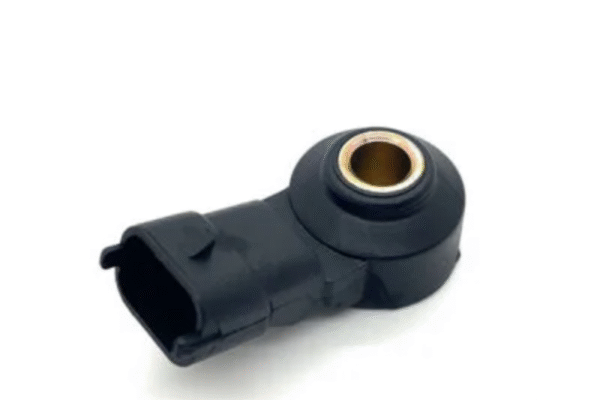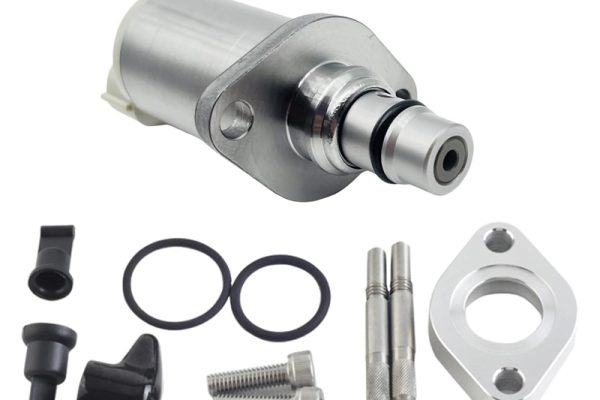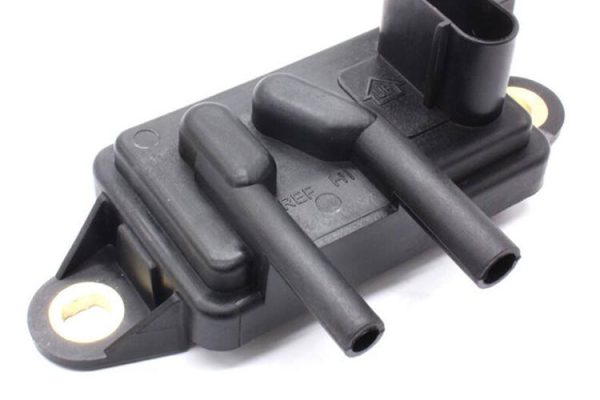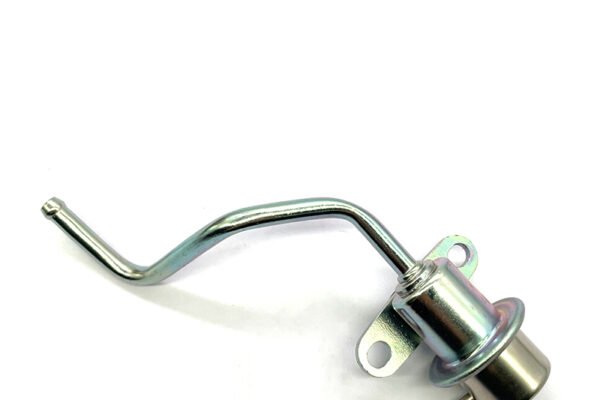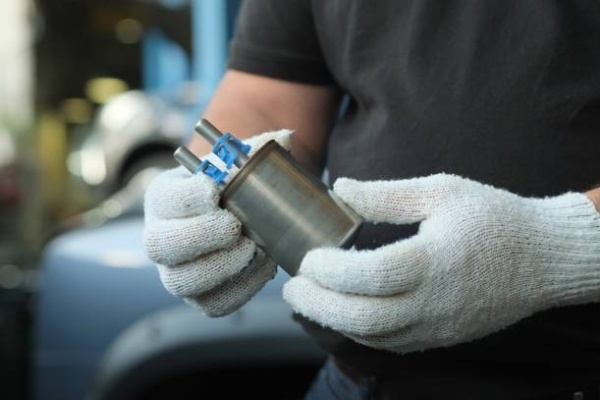Modern turbocharged engines rely on precise electronic systems to deliver power, fuel efficiency, and emissions compliance. One of the smallest but most essential parts in that system is the turbocharger solenoid valve. This valve controls how and when boost pressure is delivered, acting under commands from the engine control unit (ECU). When the valve begins to fail, the impact can be immediate—and costly.
For B2B professionals, especially those in repair, distribution, or fleet maintenance, spotting early warning signs can prevent more serious issues later. Here are the top five symptoms that suggest it’s time to replace a turbo solenoid valve.
Sudden or Gradual Loss of Engine Power
One of the most common and noticeable signs is a drop in power or acceleration. When the turbocharger solenoid valve is stuck closed or open, the ECU can’t regulate boost pressure correctly. The result: poor throttle response, weak acceleration, and sometimes complete boost loss.
Customers may complain that the car “feels slow” or no longer performs the way it used to, especially under load or when climbing hills. In commercial or fleet use, this can reduce productivity and increase fuel costs.
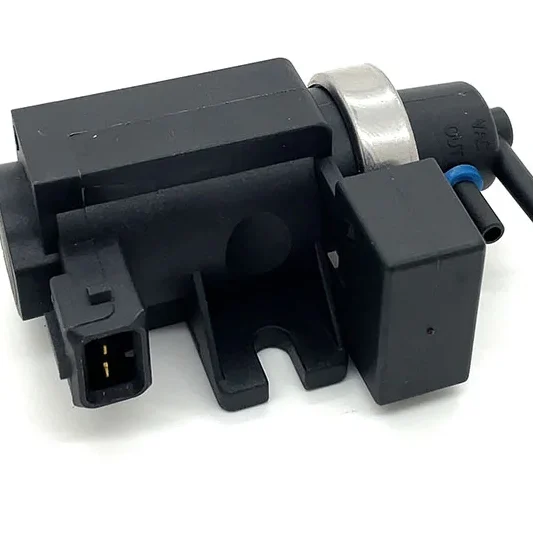
Engine Light with Boost-Related Error Codes
A faulty turbo solenoid valve often triggers the check engine light. Common diagnostic trouble codes (DTCs) include:
- P0243 – Turbocharger Wastegate Solenoid A Malfunction
- P0035 – Turbocharger Bypass Valve Control Circuit High
- P0045 – Turbocharger/Supercharger Boost Control “A” Circuit Open
- P2598 – VGT Control Circuit Range/Performance
While these codes may seem generic, they often point to a solenoid control issue rather than the turbocharger itself. Reading and interpreting these codes correctly can save repair time and prevent unnecessary part replacement.
Turbo Lag or Delayed Boost
A healthy turbo system builds pressure quickly when you press the gas. If the turbocharger solenoid valve is weak or slow to respond, you’ll notice turbo lag—a delay between throttle input and power delivery.
Inconsistent boost pressure can also cause jerky acceleration, especially during gear shifts or at mid-range RPMs. This not only affects drivability but also puts extra strain on the turbocharger and related components.
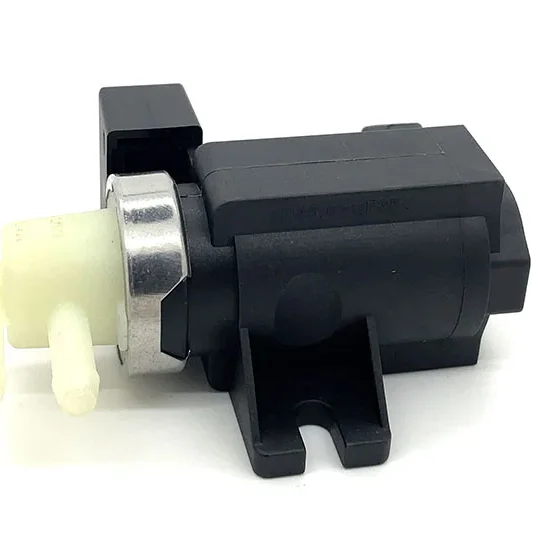
Irregular Fuel Consumption and Poor Emissions
When the turbocharger solenoid valve doesn’t function properly, the engine’s air-fuel ratio (AFR) is thrown off. The ECU may compensate by adding or subtracting fuel, leading to increased fuel consumption or rich/lean conditions.
In commercial applications, this means higher running costs. For vehicles subject to emissions testing, it may result in compliance failures or higher particulate and NOx output.
A simple valve issue, if ignored, can create a chain reaction affecting the catalytic converter, EGR system, or even cause long-term engine wear.
Whistling Noises or Pressure Leaks
Sometimes the failure is mechanical. A cracked solenoid housing or worn internal seals can cause vacuum leaks or boost pressure loss. This often produces high-pitched whistling or hissing noises during acceleration.
While these noises are sometimes mistaken for normal turbo sounds, they’re usually a warning sign. Boost leaks not only reduce engine efficiency—they force the turbo to work harder, which may cause premature bearing wear or overheating.
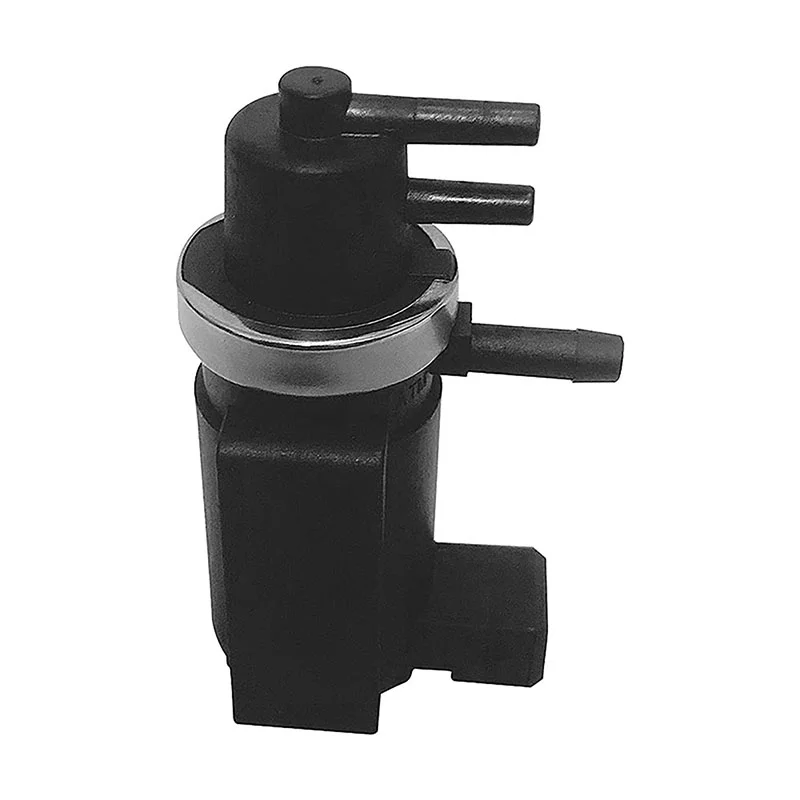
Conclusion
Turbocharger solenoid valves may be small, but they play a big role in engine performance and reliability. For B2B buyers and technicians, knowing the warning signs is critical. Replacing a failing solenoid valve early can prevent more serious issues like turbocharger failure, engine misfires, or costly warranty claims.
Stocking high-quality OEM or verified aftermarket turbocharger solenoids valves—and educating customers on these symptoms—can create value beyond the sale. Whether you’re managing a parts warehouse or a service center, staying ahead of these common problems is good business.To dive deeper into how turbocharger solenoid valves work and why they’re essential in modern engine control systems, check out our full guide: The Critical Role of Turbocharger Solenoid Valves in Modern Engine Management Systems.
FAQ
Q1: What happens if a turbocharger solenoid valve fails?
It can cause loss of power, turbo lag, poor fuel economy, and trigger engine warning lights. If not addressed, it may lead to turbocharger damage and costly repairs.
Q2: Can I drive with a faulty turbocharger solenoid valve?
Driving is possible but not recommended as it may damage the turbo and engine over time. Continuing to drive can also cause the vehicle to enter limp mode, limiting performance.
Q3: How do I test a turbocharger solenoid valve?
Use a multimeter to check coil resistance or apply vacuum/pressure to check valve operation. Some diagnostic tools allow live activation of the solenoid through the ECU for more accurate testing.

